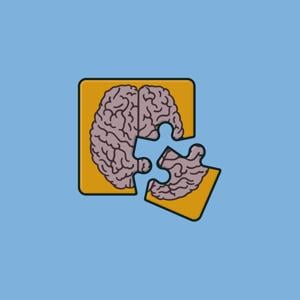
What is Creutzfeldt-Jakob disease?
Creutzfeldt-Jakob disease — pronounced kroits-felt-yah-kawp — causes a type of dementia that advances rapidly.
It is a rare, degenerative and fatal brain disorder characterized by progressive dementia, blindness and involuntary movement.
It is one of the “prion” diseases, which occur when the prion protein, which is found throughout the body, begins folding into an abnormal, three-dimensional shape. This shape change gradually triggers prion protein in the brain to fold into the same abnormal shape, and these abnormal-shape patterns destroy brain cells, which leads to rapid decline in critical thinking and reasoning, confusion, behavioral changes and difficulty walking.
Creutzfeldt-Jakob disease affects about 1 person in every 1 million per year worldwide. The onset of symptoms typically occurs around age 60, and 90% of people with diagnosed cases die within a year. Three major categories of the disease can be identified:
- Sporadic: The disease appears with no known risk factors. It accounts for about 85% of all cases.
- Hereditary: The person has a family history or tests positive for the gene mutation associated with the disease. Only about 5% to 10% of cases in the U.S. are hereditary.
- Acquired: The disease is transmitted by exposure to brain or nervous system tissue, usually through certain medical procedures. Less than 1% of acquired cases have been noted since the disease was first described in 1920.
Initially, people with Creutzfeldt-Jakob experience problems with muscular coordination; impaired memory and judgment; and vision and personality changes. As the illness progresses, memory impairment becomes severe and people develop involuntary muscle jerks and lose their eyesight.
Creutzfeldt-Jakob causes more rapid deterioration of a person’s abilities than Alzheimer’s disease or most other types of dementia.
There is no single diagnostic test for Creutzfeldt-Jakob. A physician usually rules out treatable forms of dementia such as encephalitis or chronic meningitis. A spinal tap, an electroencephalogram, a CT scan and an MRI are all forms of testing and evaluations to make the diagnosis, but the only way to confirm the disease is by brain biopsy or autopsy.
A variant of Creutzfeldt-Jakob is often called mad cow disease, in which humans contract the disease from diseased tissue from cattle. This particular type usually occurs in younger people, and there is a delayed onset of dementia, lack of muscle coordination and other characteristics of the disease.
There is no effective treatment for Creutzfeldt-Jakob. Treatment is aimed at easing symptoms and making the patient as comfortable as possible. Medication can help relieve pain.


Leave a Reply